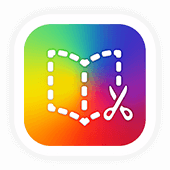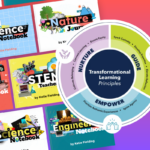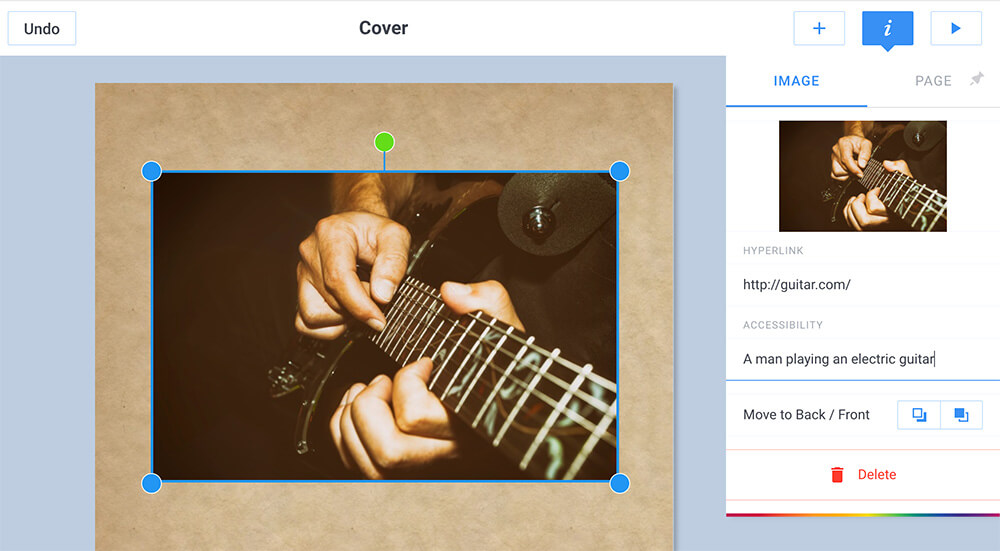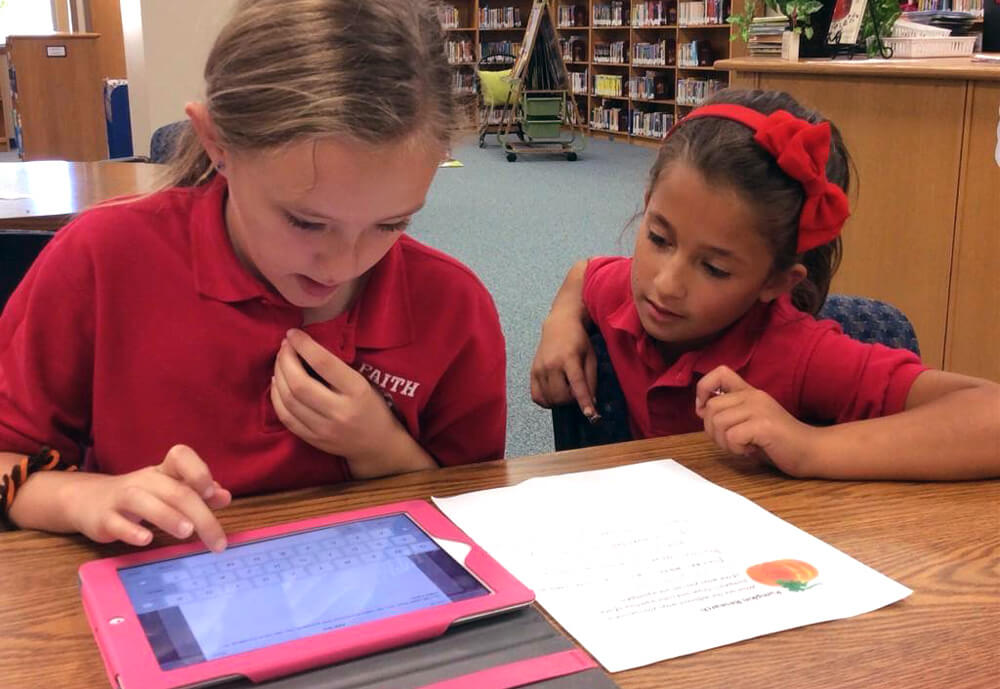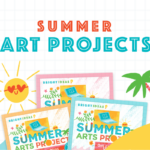
What happens when students are given space to imagine, tinker, and test their brightest ideas? They become confident engineers, innovative designers, and curious problem-solvers.
Our summer STEM Challenges are designed to do just that—empower students in grades 6–8 to explore real-world problems through the engineering design process. Whether working individually or collaboratively, students define a problem, develop a prototype, test it, and optimize their solution—all while engaging with STEM concepts in fun and meaningful ways.
These challenges are easy to adapt for learners in grades 3–12 and require only affordable, accessible supplies commonly found in classrooms, homes, or makerspaces.
What’s included: hands-on, minds-on STEM
Each challenge invites students to explore engineering principles using everyday materials. Here’s a look at the current collection:
Each activity encourages iteration, critical thinking, and reflection—while keeping materials simple (think string, cardboard, tape, recycled containers, paper, straws, rubber bands, etc.).
Engineering the bright ideas way
Our STEM challenges are designed to align with the Engineering Design component of the Next Generation Science Standards (NGSS), helping students build the skills needed to become effective problem-solvers and innovators.
By engaging in these challenges, students actively work through the three NGSS dimensions of learning—Science and Engineering Practices, Crosscutting Concepts, and Disciplinary Core Ideas—in real, hands-on ways. These activities directly support NGSS Engineering Design Performance Expectations across grades 3–8.
Here’s how students bring their bright ideas to life through the Engineering Design Process:
- Define the Problem: Students identify a real-world challenge, considering criteria and constraints—directly aligned to NGSS practices like Asking Questions and Defining Problems (MS-ETS1-1, 3-5-ETS1-1).
- Imagine & Plan: Through brainstorming, sketching, and strategic planning, students practice Planning and Carrying Out Investigations and Developing Possible Solutions (MS-ETS1-2, 3-5-ETS1-2).
- Create a Prototype: Using accessible materials, students bring their ideas to life. Prototyping supports Constructing Explanations and Designing Solutions, a foundational practice in NGSS (MS-ETS1-3).
- Evaluate & Improve: Students test their creations, collect observations, and make iterative improvements—developing the NGSS skill of Analyzing and Interpreting Data and Optimizing Design Solutions (MS-ETS1-4, 3-5-ETS1-3).
- Share Results: Learners communicate their findings, reflect on their process, and connect their projects to broader real-world applications—supporting Engaging in Argument from Evidence and Obtaining, Evaluating, and Communicating Information.
This process not only mirrors the way engineers solve problems in the real world, but also gives students ownership of their learning. With every challenge, they build resilience, deepen critical thinking, and learn to see mistakes as opportunities—essential skills for both STEM careers and everyday life.
Documenting the journey with Book Creator
STEM isn’t just about building—it’s about communicating ideas, reflecting on the process, and sharing what you've learned. With Book Creator, students can turn their challenge experience into a multimodal digital journal:
- Record videos explaining their prototype and testing outcomes
- Draw and annotate their design sketches using the pen tool
- Add audio reflections explaining what they changed and why
- Include photos and videos of their builds and revisions
- Write captions or summaries for each phase of their process
- Publish and share with classmates, teachers, or families at home
Whether shared at a summer showcase or sent home to parents, students walk away with more than a solution—they have a story to tell and evidence of their bright idea in action.
With built-in audio support, drawing tools, and reflection opportunities, Book Creator makes this experience hands-on and developmentally appropriate. Young students can record their thoughts, draw their observations, and share their projects with families—all within an accessible and multimodal platform.
We didn’t forget our little learners!
Even the youngest innovators have bright ideas—and we made sure to include them in the summer STEM fun! Our K–2 STEM: Crayons activity book was thoughtfully designed just for early learners, using a familiar and engaging material: crayons!
Through this colorful, creative unit, students explore:
- Properties of crayons through observation and investigation
- How crayons are made, used, and transformed
- Reversible changes in matter (like melting and remolding)
- A design challenge to recycle crayons into something new
- Creative writing by composing a “postcard from a crayon”
- Graphing favorite colors and practicing measurement
- Watching multimedia content to connect science and storytelling
Let’s give our youngest learners the tools to explore, wonder, and create—with crayons in hand and bright ideas in their hearts.
Engineering curiosity one bright idea at a time
These STEM challenges are flexible, affordable, and high-impact—perfect for summer camps, afterschool programs, classrooms, or home learning environments that aim to spark curiosity through engineering. With simple materials and big opportunities for creativity, students can explore real-world problems wherever they are.
Let’s inspire a generation of makers, thinkers, and problem-solvers… one bright idea at a time.
With 20 years of experience in education, Katie is passionate about creating inclusive and accessible classrooms for all students. She loves exploring new places, trying different foods, and connecting with fellow educators.
